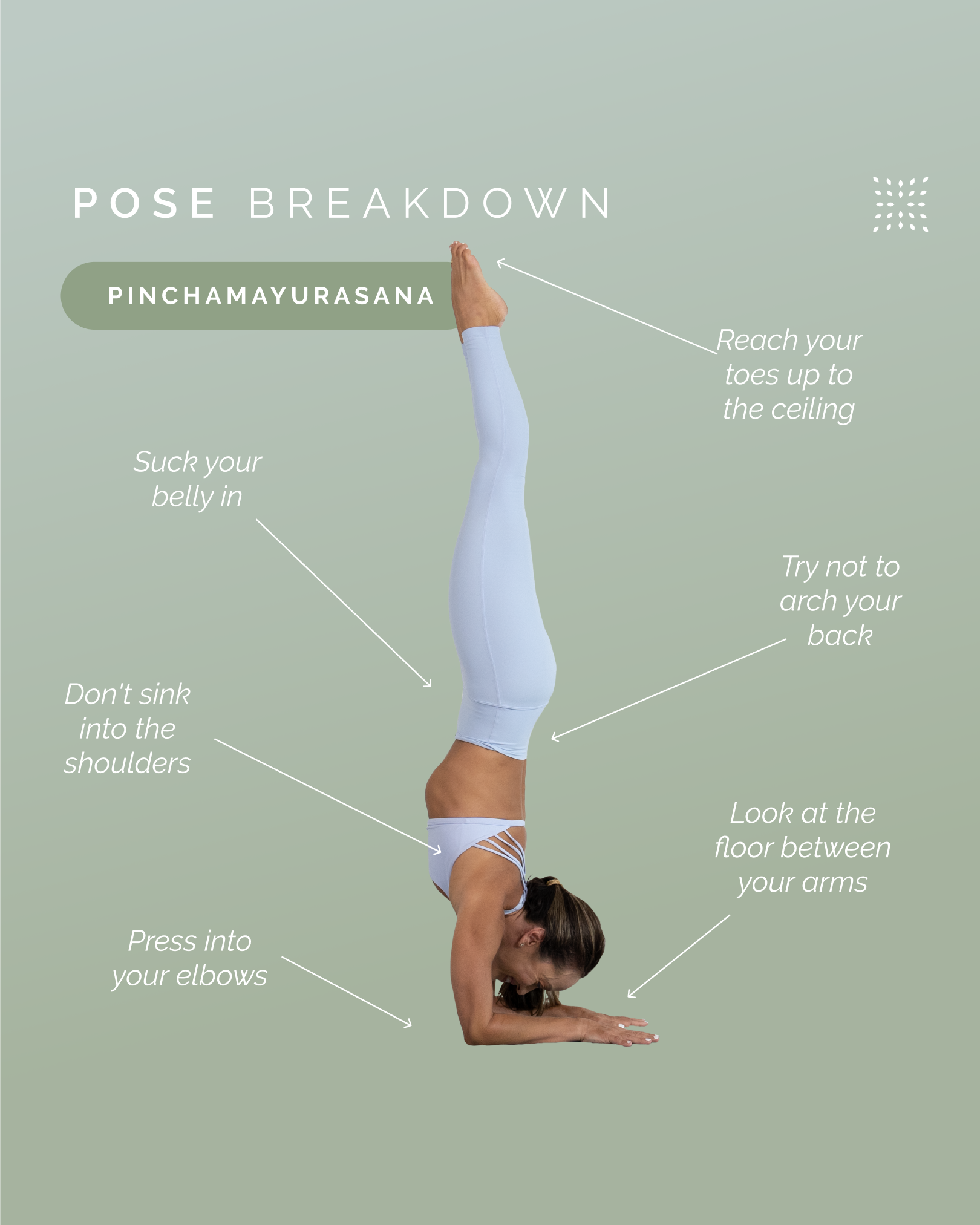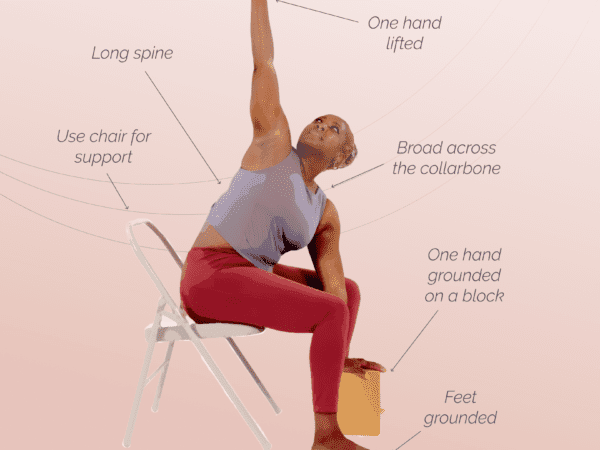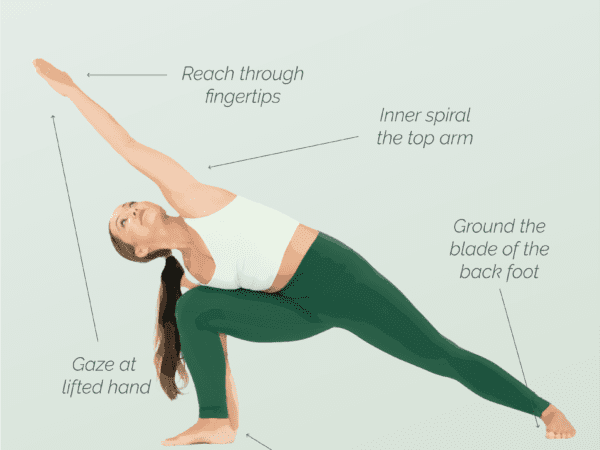Pinchamayurasana, also known as the feathered peacock pose, is a challenging forearm balance. It comes a little bit after the halfway point in the Ashtanga intermediate series. This inversion pose tests your strength, stability, and flexibility. You’ll need a strong body and mind to do this pose. Before we get started, let’s look at the benefits and contraindications of the pose.
Benefits of pinchamyurasana
- improved posture
- strength and balance in the arms and legs
- increased focus and concentration
- energizing sensation throughout the body
Contraindications
Despite its many benefits, there are some important contraindications for pinchamayurasana. This pose should be avoided by those with high blood pressure or any shoulder injuries. Women who are pregnant should not do this pose.
How to do pinchamayurasana
From plank pose, place both of your elbows down on the floor.
Walk your body forward until you’re in a dolphin pose. Don’t collapse through the shoulders. Keep them firm.
Lift one leg straight up into the air.
Transfer your weight forward into your elbows and lift the other leg with control.
Suck the belly in and reach your toes toward the ceiling.
Keep your bones evenly stacked in a straight line. Don’t arch the back.
Exit by bending at the waist to lower your legs slowly to the ground.
Watch this video with Kino for more details about doing the pose.










